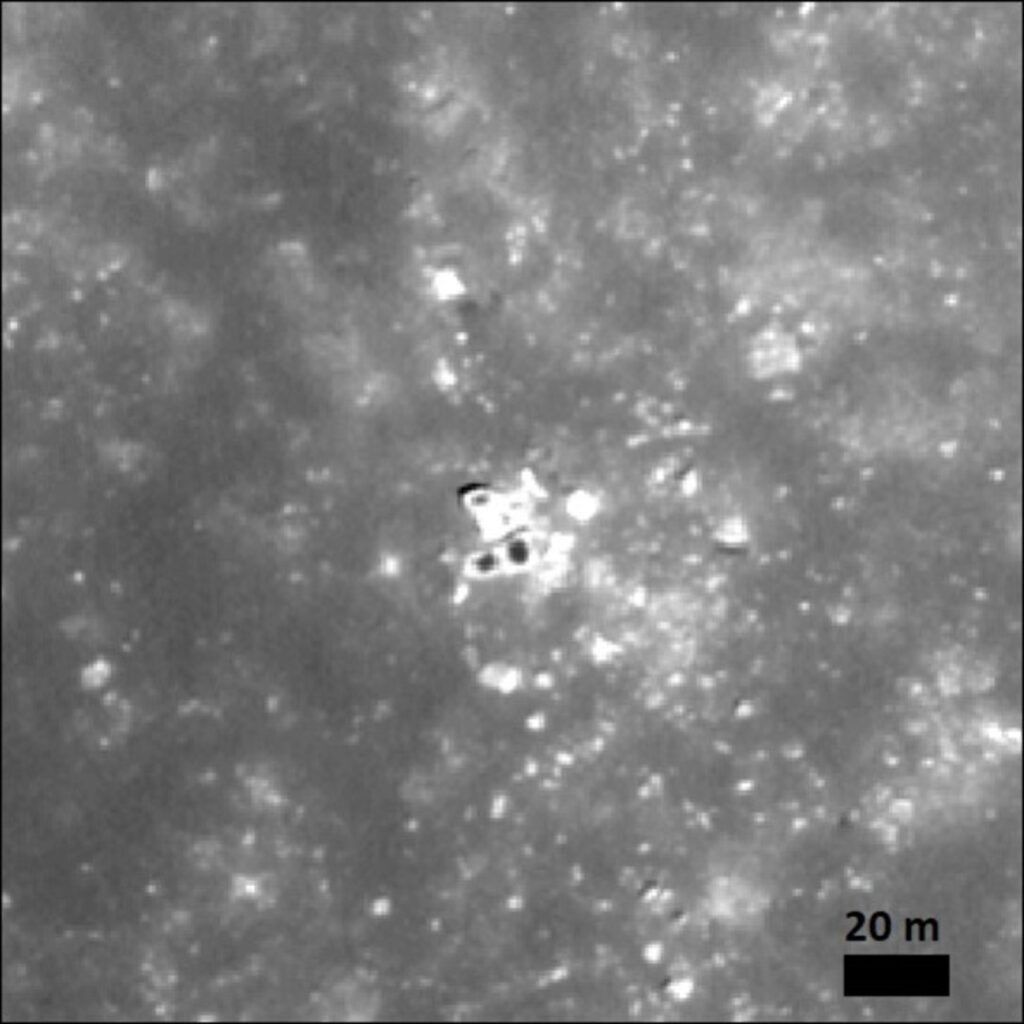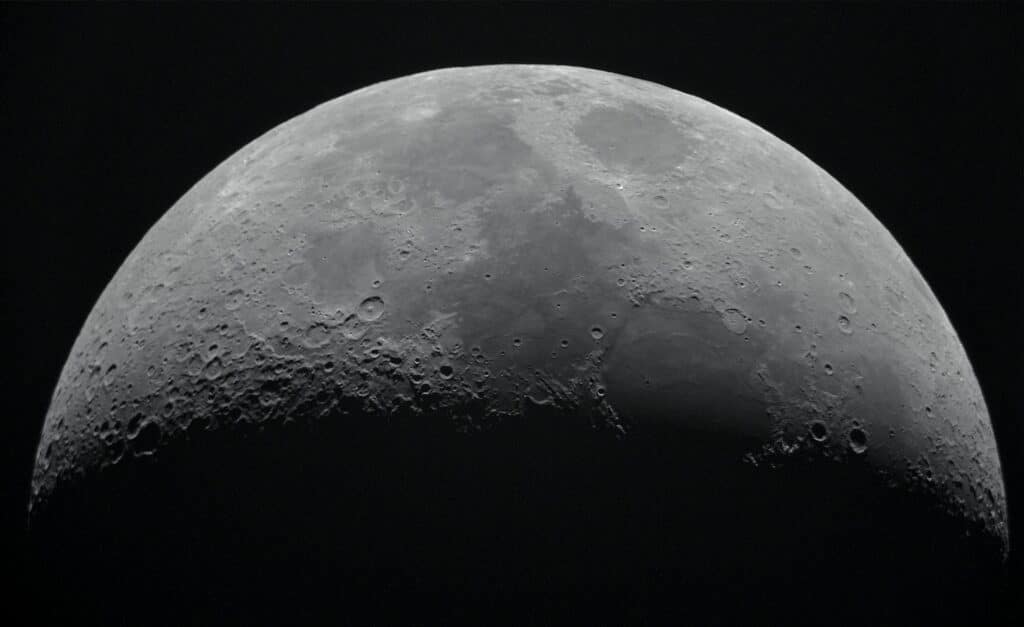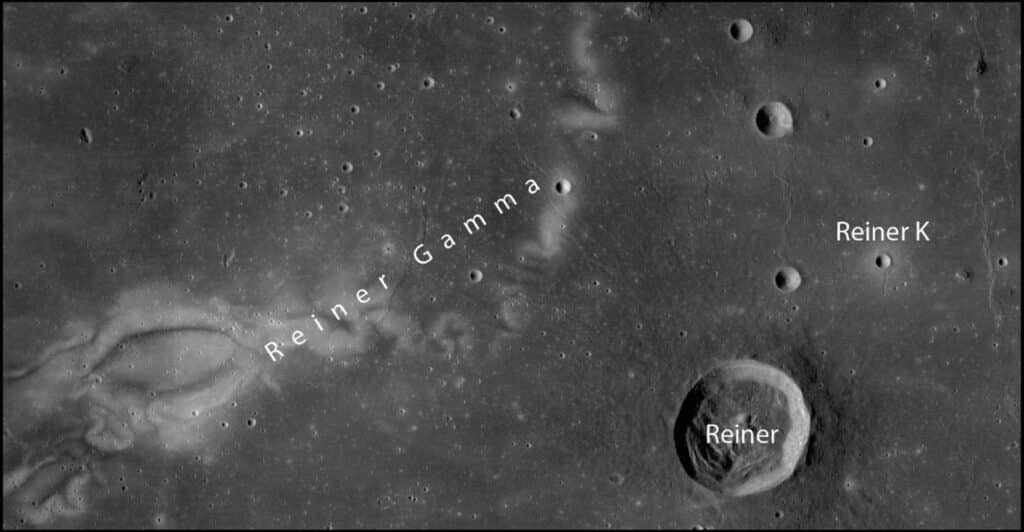A team of scientists from the University of Münster in Germany have discovered unusual Moon rocks that display unique properties. These anomalous meter-sized rocks could provide significant insights into the formation and evolution of the lunar crust.
The Moon’s surface is known for being covered in dust, distinct from Earth’s dust due to its sharp edges and electrostatic charge, a characteristic studied since the Apollo missions in the late 1960s. What sets these newly discovered rocks apart is their dust layer’s reflective properties, which differ from those on previously known lunar rocks. This dust reflects sunlight in a unique way, possibly due to its structure or magnetic anomalies.
The significance of these findings lies in their potential to enhance our understanding of magnetic anomalies on the Moon, particularly near the Reiner Gamma region.

“Current knowledge of the Moon’s magnetic properties is very limited, so these new rocks will shed light on the history of the Moon and its magnetic core,” says study author Ottaviano Rüsch, of the “Institut für Planetologie” at the University of Münster, in a media release. “For the first time, we have investigated the interactions of dust with rocks in the Reiner Gamma region — more precisely, the variations in the reflective properties of these rocks. For example, we can deduce to what extent and in which direction the sunlight is reflected by these large rocks.”
Researchers utilized artificial intelligence to sift through about 1 million images captured by NASA’s Lunar Reconnaissance Orbiter, initially searching for cracked rocks. This process led to the identification of approximately 130,000 interesting rocks, with detailed scrutiny of half of these rocks revealing the distinctive dust-covered boulders.
One such rock caught the scientists’ attention due to its unique property of scattering less light back toward the Sun compared to other rocks.
“We suspect that this is due to the particular dust structure, such as the density and grain size of the dust,” explains Rüsch.
This contrasts with typical lunar dust, which is highly porous and reflects a lot of light.
“However, when the dust is compacted, the overall brightness usually increases. This is not the case with the observed dust-covered rocks,” notes Marcel Hess from TU Dortmund University.
Scientists are still in the early stages of understanding this dust and its interaction with the rocks. Future research will focus on the processes leading to these interactions, including the impact of electrostatic charging and the solar wind’s interaction with local magnetic fields.

This discovery is timely, as NASA plans to send an automatic rover to the Reiner Gamma region in the coming years to find similar types of boulders. A better comprehension of lunar dust movement is not only academically intriguing but also practical, potentially aiding future human settlements on the Moon. Dust has been a known issue since the Apollo era, posing problems for habitats and technical equipment.
This discovery opens new doors for lunar research, promising to unravel more mysteries of our celestial neighbor and aiding in the preparation for future lunar exploration and habitation.
The study is published in the Journal of Geophysical Research Planets.












